Service Centers
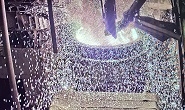
ATI Posts Loss in Q2, Looks Forward to 2021
Written by Sandy Williams
August 4, 2020
Allegheny Technologies, Inc., posted a net loss of $422.6 million for the second quarter, but feels poised to emerge from the COVID-19 crisis stronger than ever. Revenue slipped 26 percent year-over-year to $770 million.
ATI generated between $140 million and $160 million in cost reductions through efficiency measures, right-sizing workforce and reducing working capital. The company expects 40 to 50 percent of cost structure savings to be permanent.
End markets for the specialty metals producer, especially aerospace, were heavily impacted by economic pressures as a result of the pandemic. Revenue from the jet engine market plummeted 48 percent from a year ago due to lower Q2 demand and production cuts at Airbus and Boeing. Excess inventory will be subject to destocking for the next few months. ATI expects jet engine and airframe to decline further in Q3 and hit the trough in Q4 before a gradual recovery in 2021. Once air travel resumes, airline companies are looking to retire old planes, spurring new build. A COVID-19 vaccine could accelerate expansion in the aerospace sector.
The defense sector remained resilient and new orders and demand are expected to carry through into 2021, led by demand for naval nuclear materials and military aircraft. Revenue in Q2 increased 29 percent, the company said.
ATI revenue in the medical sector plunged 30 percent in response to lower demand and high inventory levels driven by a moratorium on elective surgery and procedures that impacted implant materials. Future outlook for the sector is tempered by concerns regarding COVID-19 resurgences.
The energy sector continues to be challenged by weak demand in oil and gas. Electricity demand was down approximately 20 percent in Q2, but is expected to moderate in the second half. Demand for land-based gas turbines, civilian nuclear and pollution control applications remains steady, said ATI.
ATI continues to gain market share in the electronics sector and modest demand growth is expected in the second half.
“We anticipate the current challenging and uncertain economic conditions to persist for at least the balance of 2020 due to the ongoing COVID-19 pandemic,” said President and CEO Robert Wetherbee. “We didn’t create this crisis, but we intend to emerge from it a stronger, more focused company when business conditions normalize and return to growth likely in 2021 and more meaningfully in 2022 and beyond.”

Sandy Williams
Read more from Sandy WilliamsLatest in Service Centers
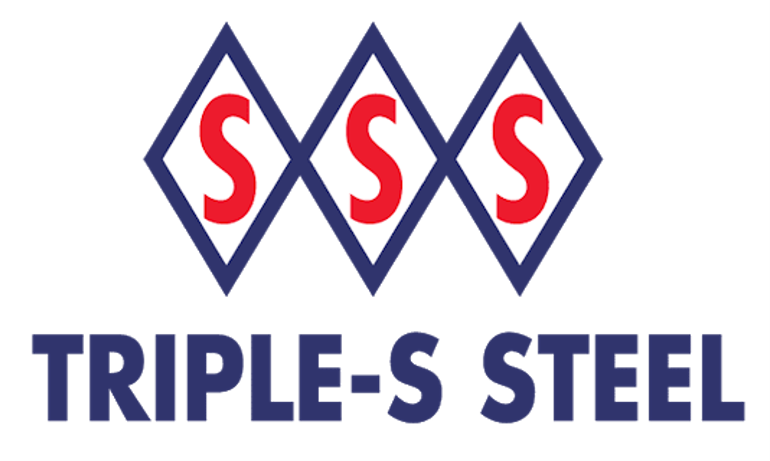
Triple-S closes on American Stainless Tubing buy
Triple-S Steel Holdings has closed on its previously announced acquisition of American Stainless Tubing.
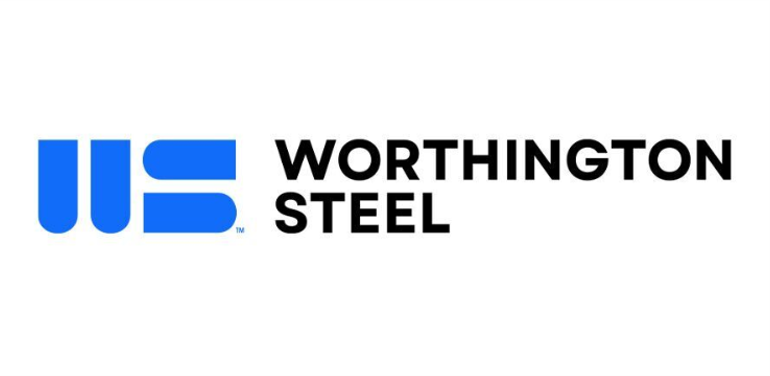
Worthington Steel fiscal Q4 profit rises despite sales drop
Worthington Steel earnings rose while sales fell in its fiscal fourth quarter.
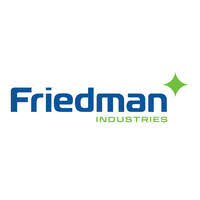
Friedman’s profits tick higher on record quarterly sales volumes
Friedman Industries' earnings increased in its fiscal fourth quarter ended March 31.

Worthington expands European presence with closing of Sitem deal
The Ohio-based steel processor is now the majority owner of Italy's Sitem Group, which has six manufacturing sites across Italy, Switzerland, Slovakia, and France.
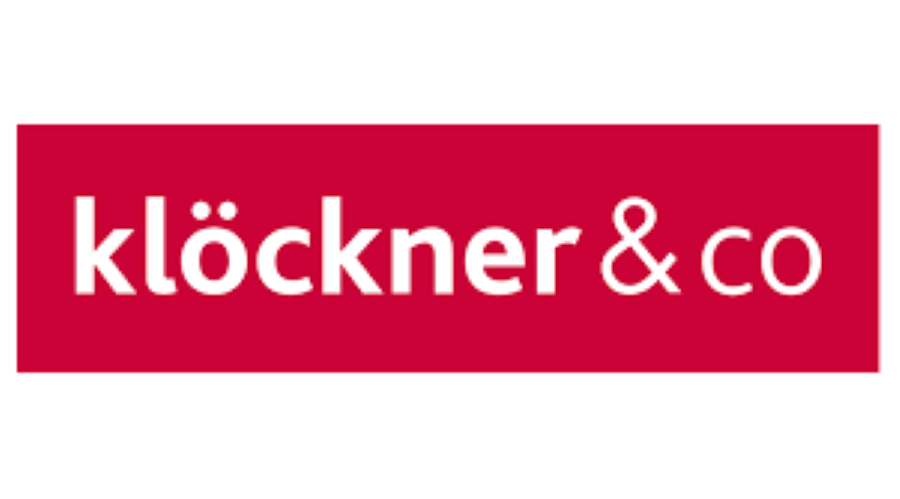
Klöckner narrows Q1 loss, targets growth in North America and Europe
Germany’s Klöckner & Co. reported a narrower loss in the first quarter as the company targets becoming the “leading” service center and metal processing firm in North America and Europe by 2030.
